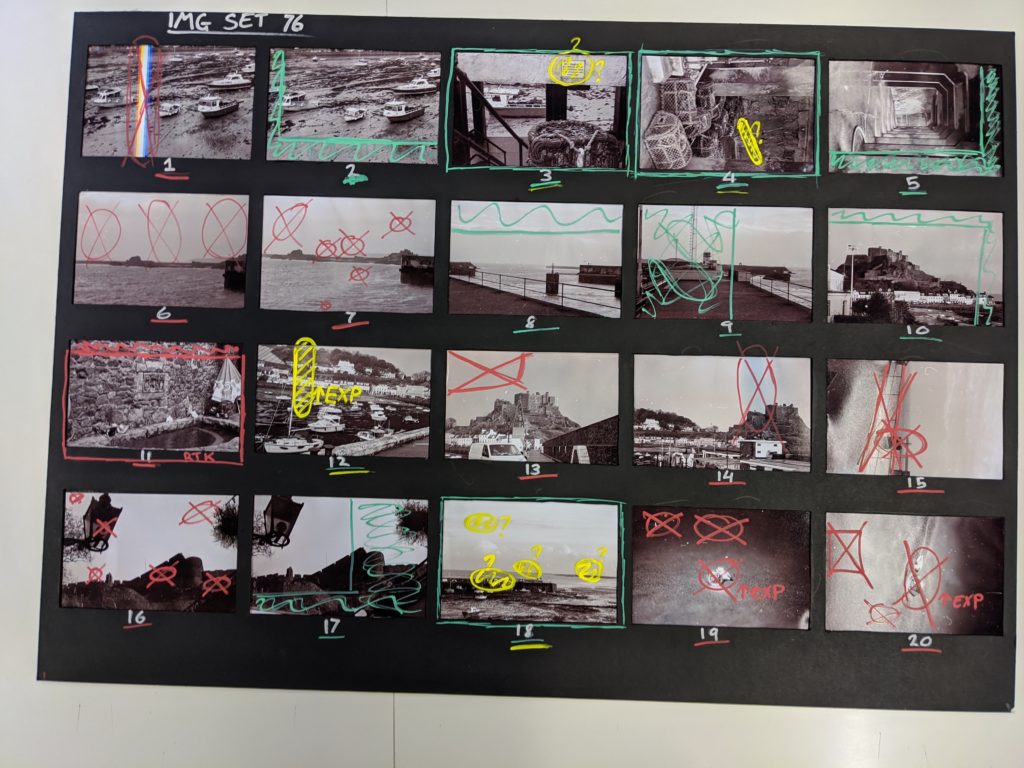
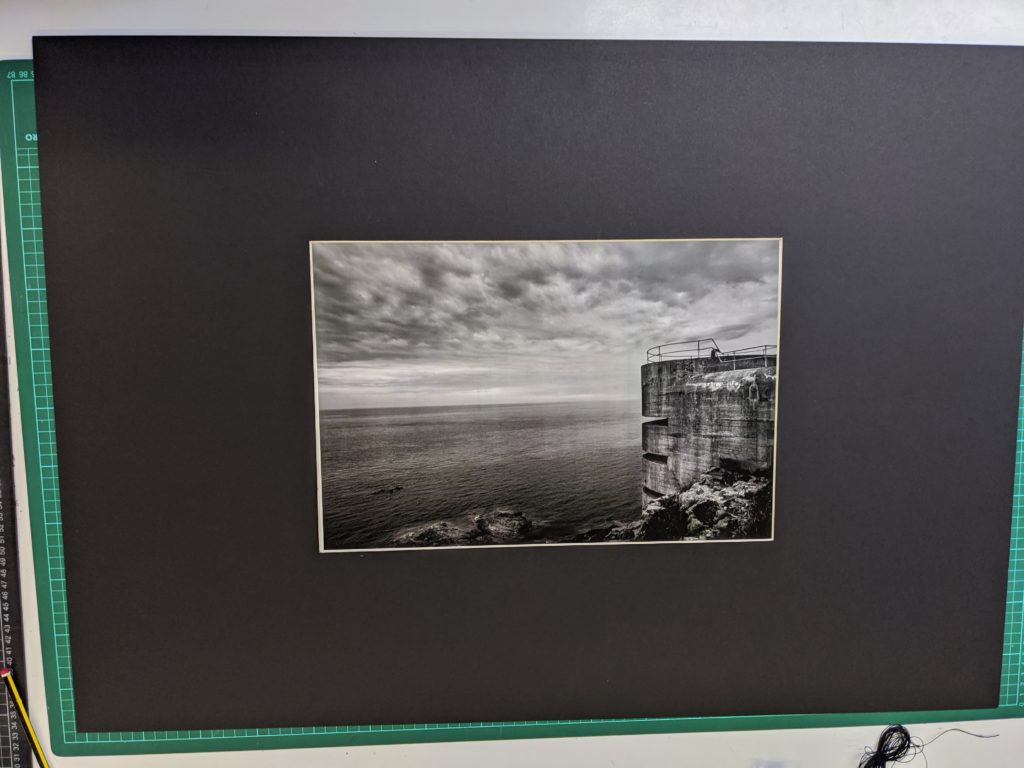
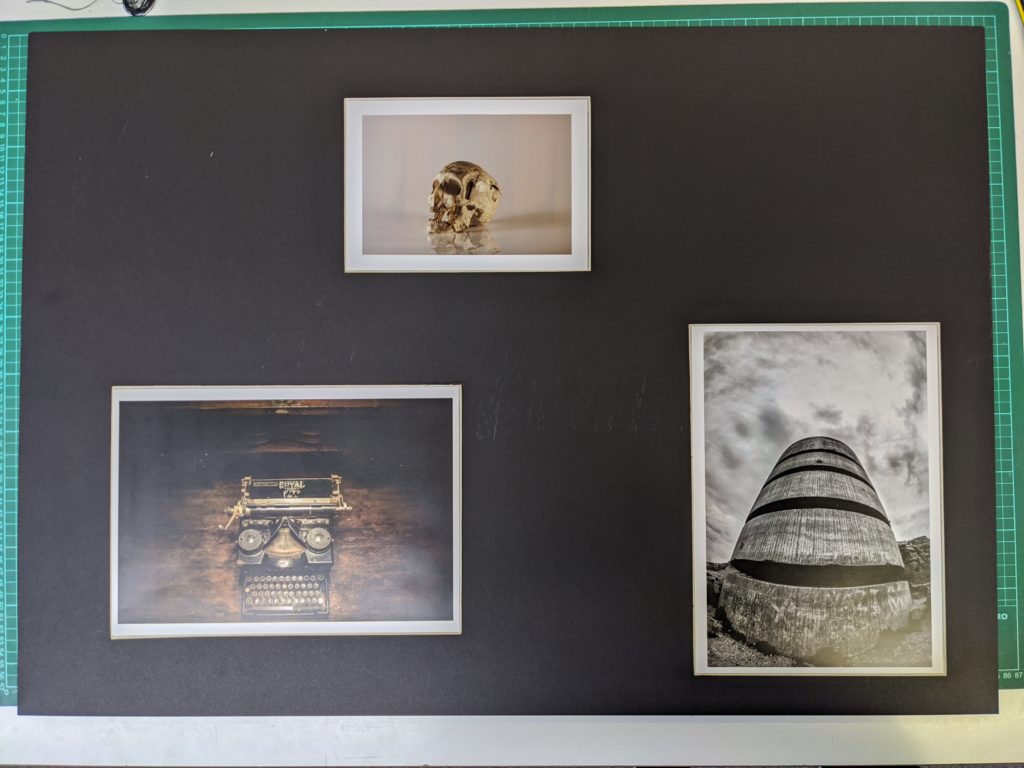






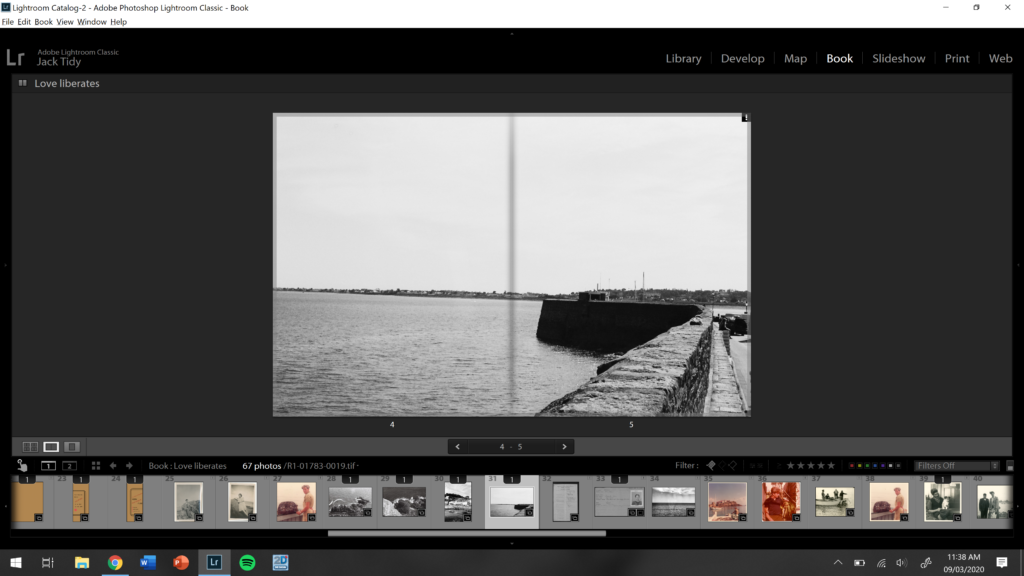

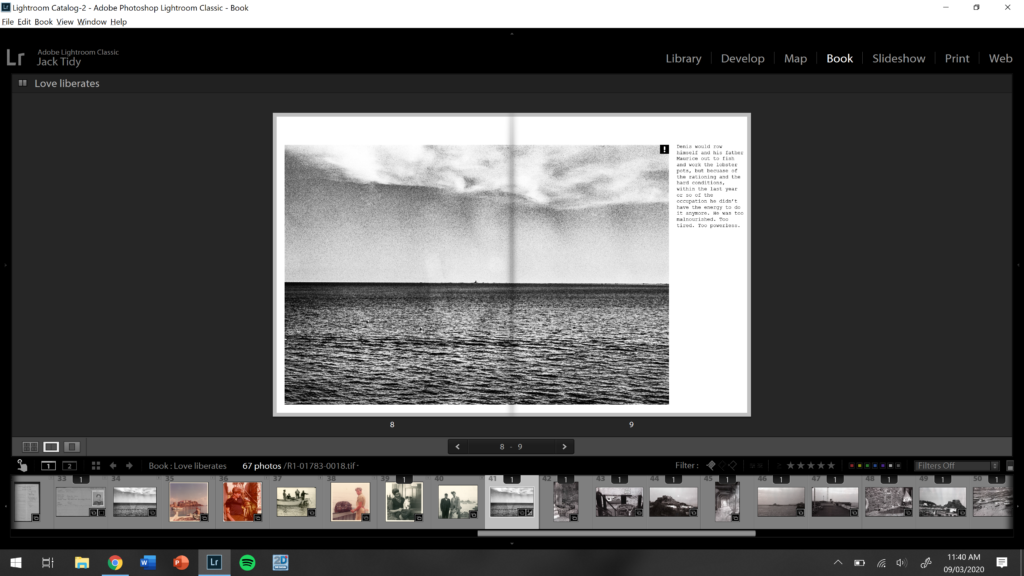

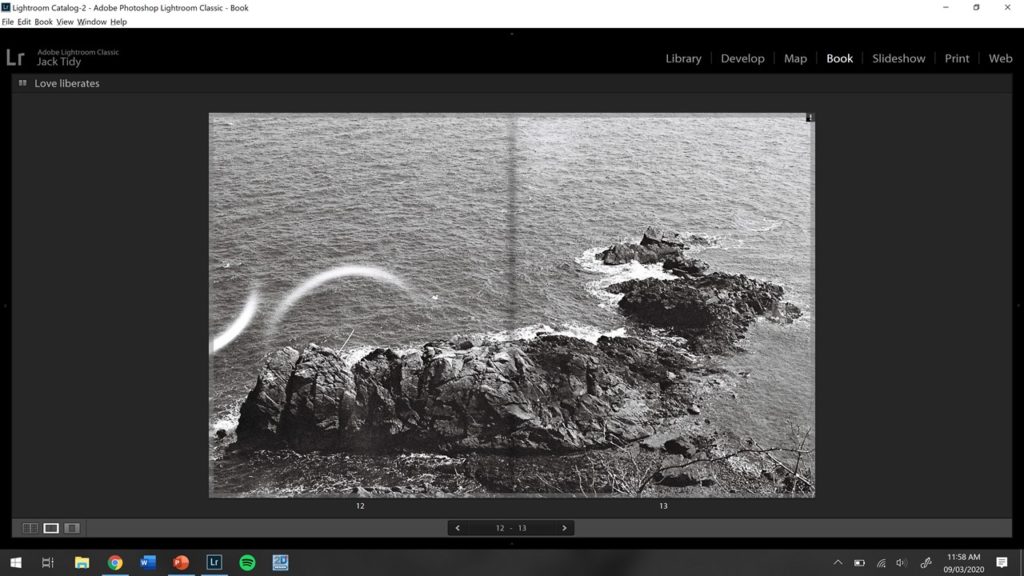

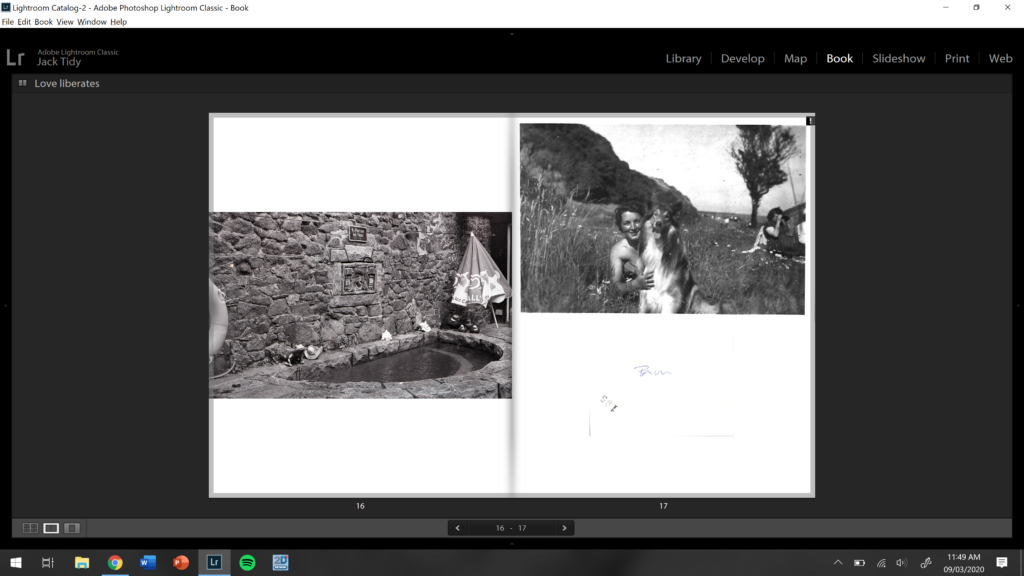



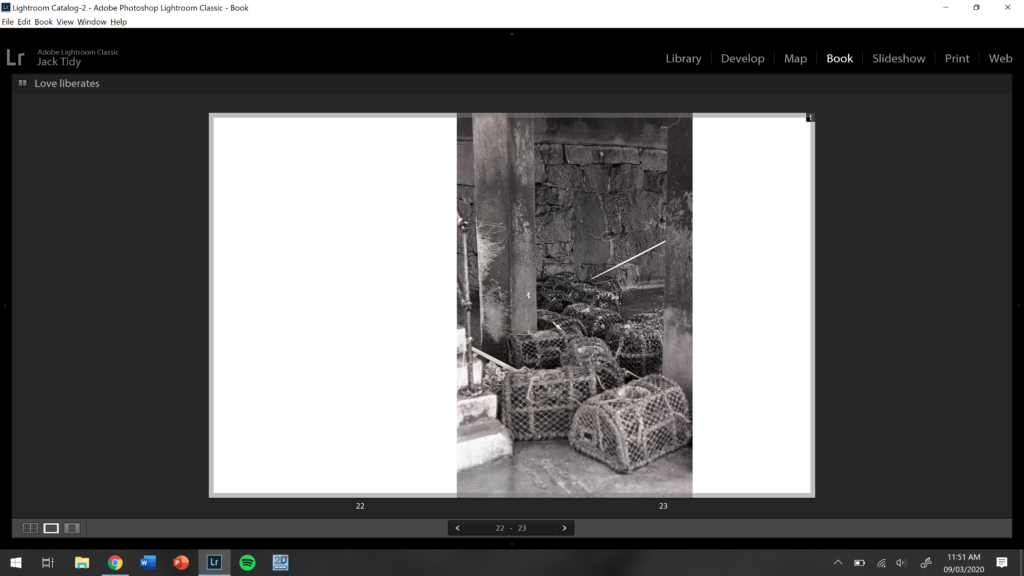






Link to final layout (missing inside dust jacket covers):
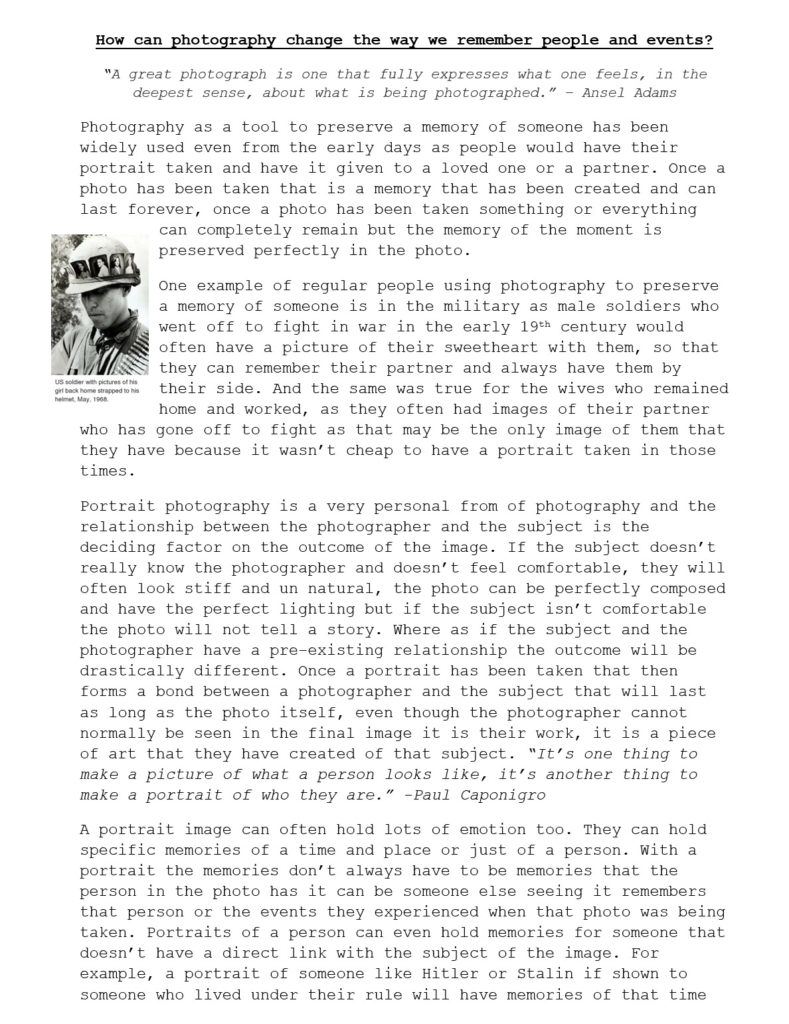

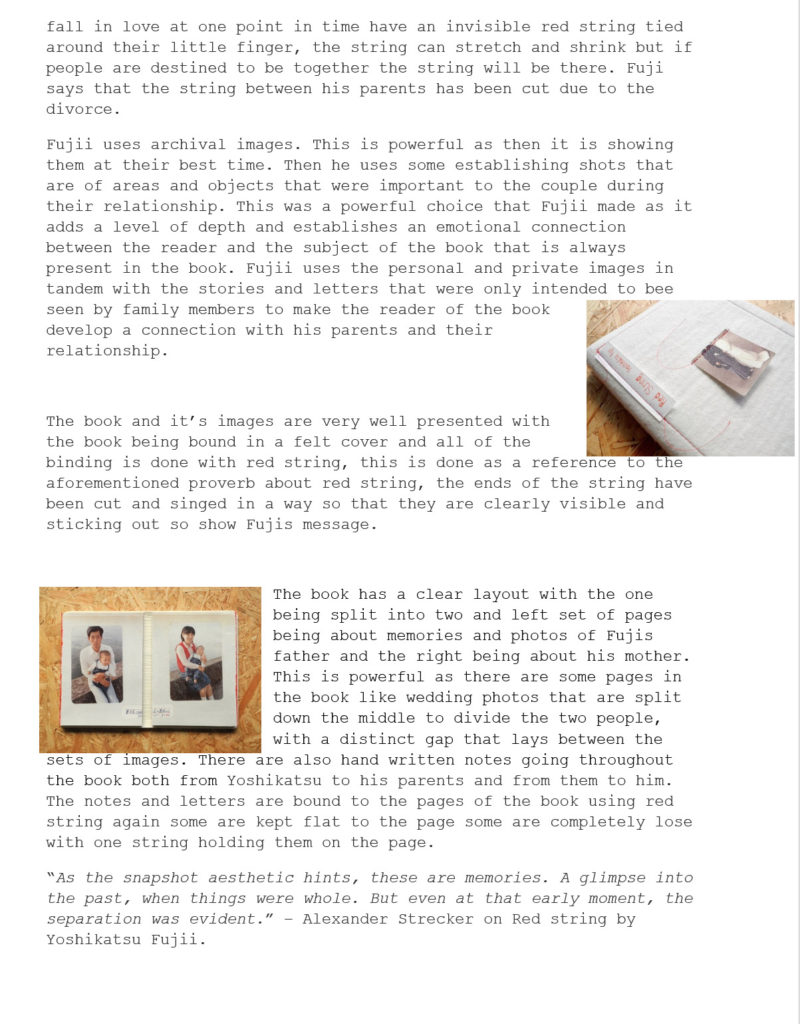
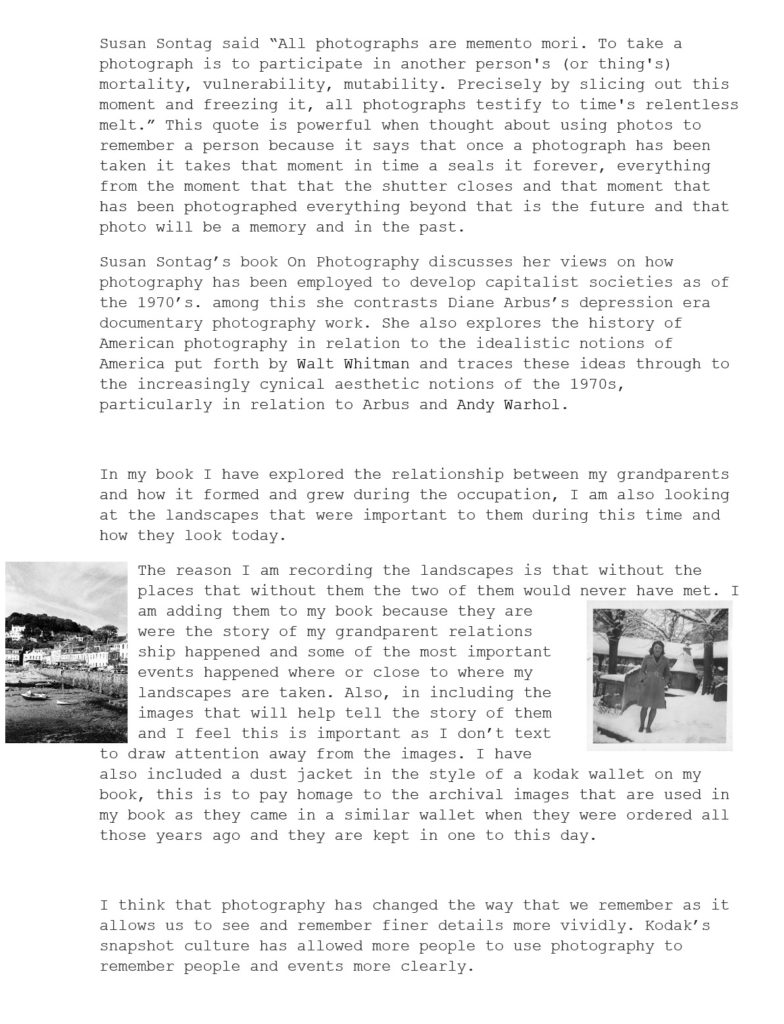
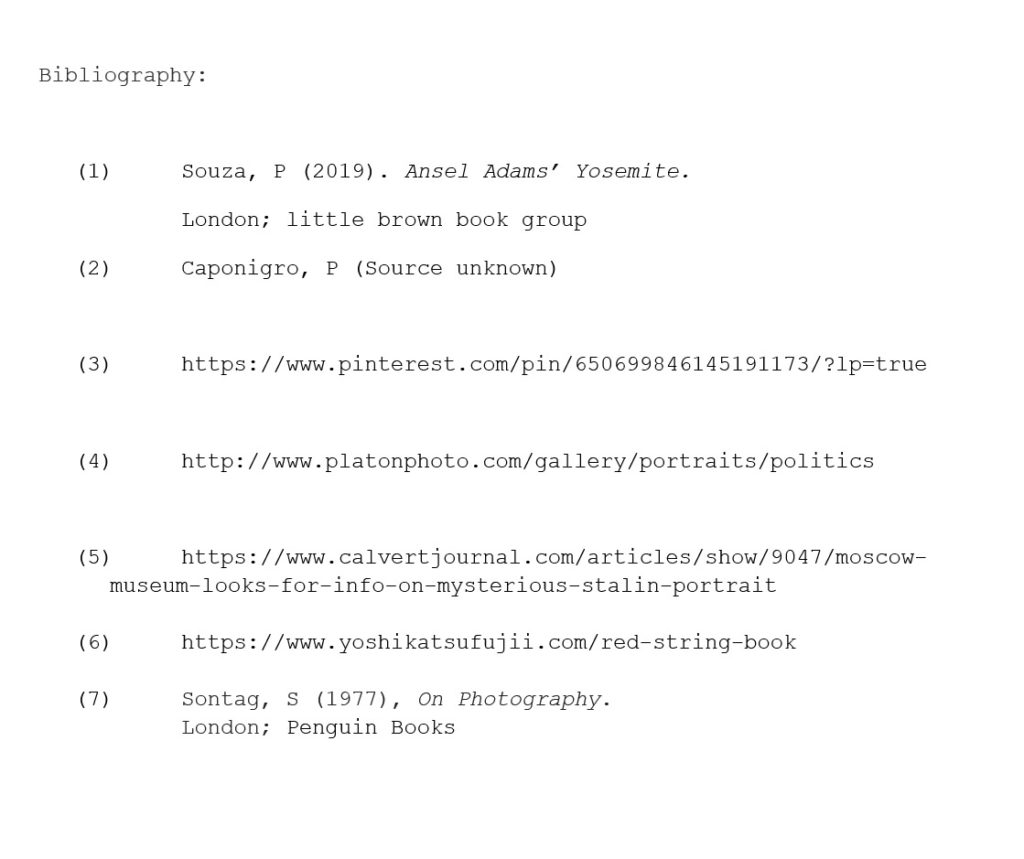
How can photography change the way we remember people and events?
“A great photograph is one that fully expresses what one feels, in the deepest sense, about what is being photographed.” – Ansel Adams
Photography as a tool to preserve a memory of someone has been widely used even from the early days as people would have their portrait taken and have it given to a loved one or a partner. Once a photo has been taken that is a memory that has been created and can last forever, once a photo has been taken something or everything can completely remain but the memory of the moment is preserved perfectly in the photo.
One example of regular people using photography to preserve a memory of someone is in the military as male soldiers who went off to fight in war in the early 19th century would often have a picture of their sweetheart with them, so that they can remember their partner and always have them by their side. And the same was true for the wives who remained home and worked, as they often had images of their partner who has gone off to fight as that may be the only image of them that they have because it wasn’t cheap to have a portrait taken in those times.
Portrait photography is a very personal from of photography and the relationship between the photographer and the subject is the deciding factor on the outcome of the image. If the subject doesn’t really know the photographer and doesn’t feel comfortable, they will often look stiff and un natural, the photo can be perfectly composed and have the perfect lighting but if the subject isn’t comfortable the photo will not tell a story. Where as if the subject and the photographer have a pre-existing relationship the outcome will be drastically different. Once a portrait has been taken that then forms a bond between a photographer and the subject that will last as long as the photo itself, even though the photographer cannot normally be seen in the final image it is their work, it is a piece of art that they have created of that subject. “It’s one thing to make a picture of what a person looks like, its another thing to make a portrait of who they are.” -Paul Caponigro
A portrait image can often hold lots of emotion too. They can hold specific memories of a time and place or just of a person. With a portrait the memories don’t always have to be memories that the person in the photo has it can be someone else seeing it remembers that person or the events they experienced when that photo was being taken. Portraits of a person can even hold memories for someone that doesn’t have a direct link with the subject of the image. For example a portrait of someone like Hitler or Stalin if shown to someone who lived under their rule will have memories of that time and will associate that figure heads portrait with the experiences and the memories of that time.
The portrait photographer Platon has perfected the art of using photography to seal a memory of influential people and the way that they were perceived by society. The photo of General Gadaffi on the right was taken at a time where he was an extremely ruthless leader and was hated by his people, this is shown in the image by him being higher than the camera, having a look of disgust on his face while looking down on the camera, the style of photo has been taken before they have been used by dictators and leaders such as Stalin and Hitler. The photo of Gadaffi can be clearly seen to have taken some inspiration from this photo of Stalin, taking inspiration form the colours, the clothes, the backlighting, the body positioning and the facial expression.
This is contrasted with the close portrait of President Obama who is looking level with the camera and he has a powerful expression on his face, he is also slightly facing right of camera creating stronger shadows. These two images show the different ways that photography can be used to portray people and alter the ways that a person is remembered as the image of Obama is portraying him as powerful and trust worthy and the image of Gadaffi is trying to make the viewer fear him slightly.
The use of photography in the home environment and by regular members of the public for taking photos of their lives and the important events and people in their lives was majorly popularised by the company Kodak, they dominated the photographic market in the late 19th and early 20th century, they created a snapshot culture which is still prominent in today. A snap shot culture is when people take quick pictures of an event or person that wasn’t really planned but they had a camera this can range from a classic ‘quick everyone get in for a picture’ or a completely candid photo of someone. This has been brought to the next level by smart phones in the 21st century as almost every person has a camera of some description with them at all times, this means that there are more photos of people taken ‘in the moment’. There is less and less need for the average person to purchase a standard style camera because of the smart phone camera.
A book that explores the change in relationships and uses archival photos to remember a couple is ‘Red String’ by Yoshikatsu Fujii. Red string is based around the splitting apart of his family due to their parents’ divorce. The name ‘Red String’ was is drawn from an the old Japanese proverb that states that two people destined to fall in love at one point in time have an invisible red string tied around their little finger, the string can stretch and shrink but if people are destined to be together the string will be there. Fuji says that the string between his parents has been cut due to the divorce.
Fujii uses archival images. This is powerful as then it is showing them at their best time. Then he uses some establishing shots that are of areas and objects that were important to the couple during their relationship. This was a powerful choice that Fujii made as it adds a level of depth and establishes an emotional connection between the reader and the subject of the book that is always present in the book. Fujii uses the personal and private images in tandem with the stories and letters that were only intended to bee seen by family members to make the reader of the book develop a connection with his parents and their relationship.
The book and it’s images are very well presented with the book being bound in a felt cover and all of the binding is done with red string, this is done as a reference to the aforementioned proverb about red string, the ends of the string have been cut and singed in a way so that they are clearly visible and sticking out so show Fujis message.
The book has a clear layout with the one being split into two and left set of pages being about memories and photos of Fujis father and the right being about his mother. This is powerful as there are some pages in the book like wedding photos that are split down the middle to divide the two people, with a distinct gap that lays between the sets of images. There are also hand written notes going throughout the book both from Yoshikatsu to his parents and from them to him. The notes and letters are bound to the pages of the book using red string again some are kept flat to the page some are completely lose with one string holding them on the page.
“As the snapshot aesthetic hints, these are memories. A glimpse into the past, when things were whole. But even at that early moment, the separation was evident.” – Alexander Strecker on Red string by Yoshikatsu Fujii.
Susan Sontag said “All photographs are memento mori. To take a photograph is to participate in another person’s (or thing’s) mortality, vulnerability, mutability. Precisely by slicing out this moment and freezing it, all photographs testify to time’s relentless melt.” This quote is powerful when thought about using photos to remember a person because it says that once a photograph has been taken it takes that moment in time a seals it forever, everything from the moment that that the shutter closes and that moment that has been photographed everything beyond that is the future and that photo will be a memory and in the past.
Susan Sontag’s book On Photography discusses her views on how photography has been employed to develop capitalist societies as of the 1970’s. among this she contrasts Diane Arbus’s depression era documentary photography work. She also explores the history of American photography in relation to the idealistic notions of America put forth by Walt Whitman and traces these ideas through to the increasingly cynical aesthetic notions of the 1970s, particularly in relation to Arbus and Andy Warhol.
In my book I have explored the relationship between my grandparents and how it formed and grew during the occupation, I am also looking at the landscapes that were important to them during this time and how they look today.
The reason I am recording the landscapes is that without the places that without them the two of them would never have met. I am adding them to my book because they are were the story of my grandparent relations ship happened and some of the most important events happened where or close to where my landscapes are taken. Also, in including the images that will help tell the story of them and I feel this is important as I don’t text to draw attention away from the images. I have also included a dust jacket in the style of a kodak wallet on my book, this is to pay homage to the archival images that are used in my book as they came in a similar wallet when they were ordered all those years ago and they are kept in one to this day.
I think that photography has changed the way that we remember as it allows us to see and remember finer details more vividly. Kodak’s snapshot culture has allowed more people to use photography to remember people and events more clearly.
Bibliography:
London; little brown book group
London; Penguin Books
In using the old expired film there was a chance that they could come out completely empty giving me no outcomes and this is what happened in this instance. So I will be going back to the areas where I took my images with a new roll of black and white film that is actually new and in date.
The new film I will be using is ilford super 400 35mm. This film is a fast film known for being a sharp blank and white film with fine grain and a wide tonal range. It also is a true black and white film that can be developed with normal c41 colour film meaning that I can get it developed locally and quickly.


The images will be of landscapes and areas that were of significance to my grad-parents and their relationship during the occupation. Will include Gory pier, albert pier, areas around Grouville and the sea.
For the photos I will be shooting my images with 2 rolls of vintage ilford blank and white film (FP4-125-35mm) that expired in 1996 the reason I will be doing this is that the ilages will be in blank and white which has “fine grain, medium contrast and outstanding sharpness.”
The film being out of date will mean that the images will likely be distorted with good amounts of grain. There may also be some defects in the developed images in the form of blotches or patches of distortions.
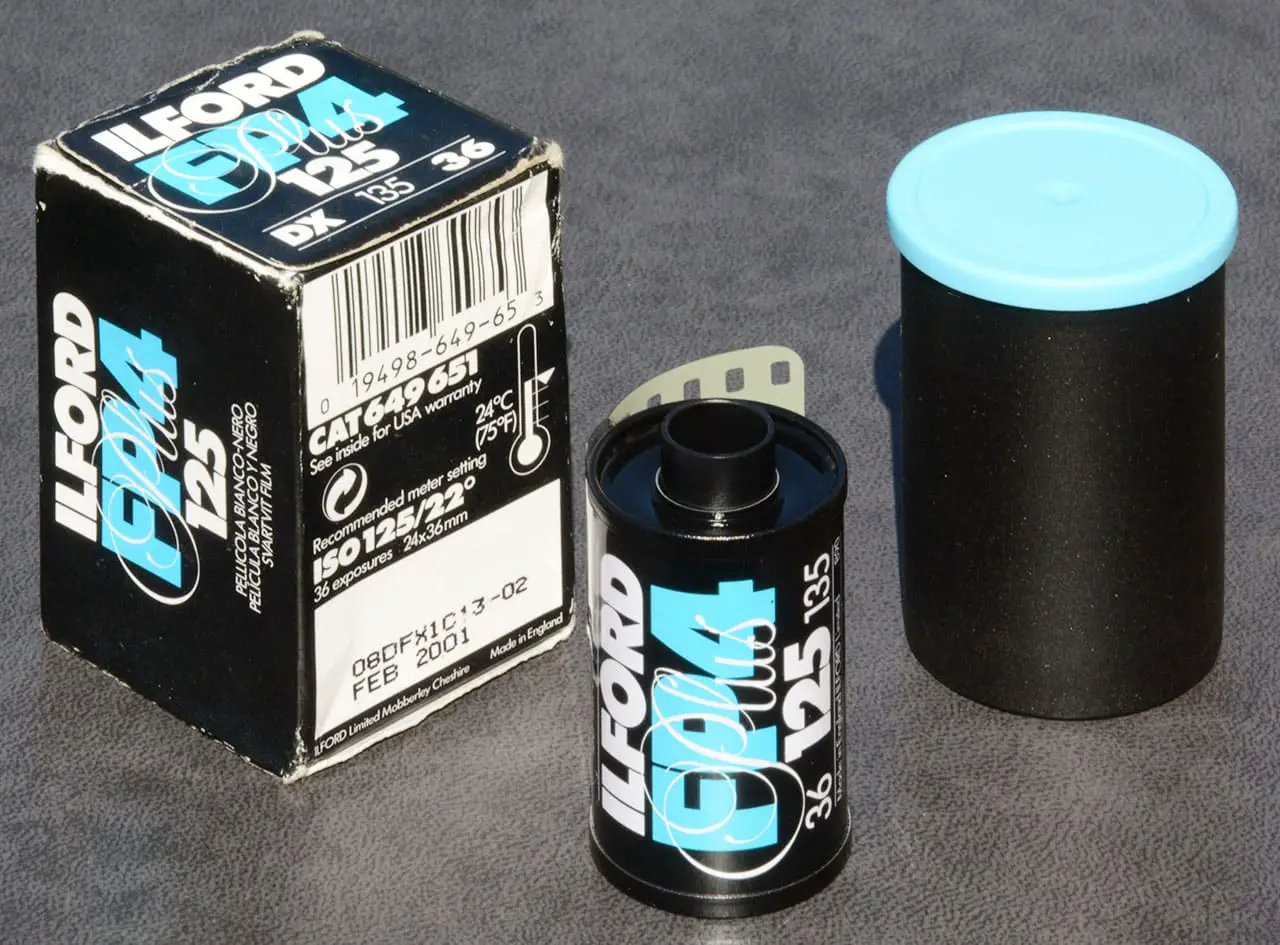
The cover of the book is made using a blue (for the 2nd edition) sugar paper with a black print showing stars, and the back is blank. The paper has been folded over at the opening and stick to itself to reinforce the covers. There is also a thick rubber band to hold it closed which is yellow (for the 2nd edition).
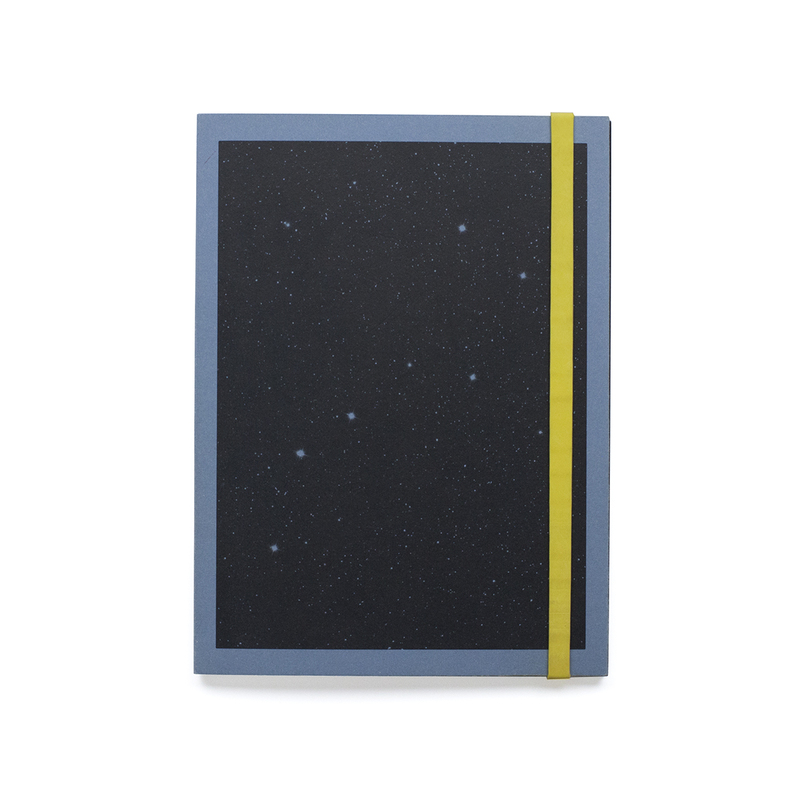
The intended orientation for the book is portrait however the images within are mostly squares at the top section of the page with rounded corners.
There are some images that are printed in black on some white translucent tissue paper, these are interspersed throughout the book. They are mostly showing designs of space suits as the paper with the grids on it is old designers layout paper used for designing things as it can be traced through easily.
The book has some inserts within it which are letters and conversations between people who were involved in the African space programme. They are folded over and have been glued into the binding.
The images within the book are printed on matte paper, and they are either tableaux images or ones that set up the story. With some archival images and texts within it to help illustrate the story.
There are also images within that are double page spreads except they are not the full size of the pages to differentiate them from the rest of the book.
How does Cristina de Middel use tableaux photography in tandem with archival images to represent previous narratives?
In what way does Crisitina de Middel construct a narrative using a variety of photographic images such as tableaux and archives.
“Ms. Middel shows how the medium promotes both fact and fiction”
The work that I will be focusing on is Cristina de Middel’s book called ‘Afronauts’. The book is based around a Zambian science teacher named Edwuard Makuka, who in 1964 decided to train the first African crew to travel to the moon. His plan was to use an aluminium rocket to put a woman, two cats and a missionary into Space. First the moon, then Mars, using a catapult system. He founded the Zambia National Academy of Science, Space Research and Astronomical Research to start training his Afronauts in his headquarters located only 20 miles from Lusaka. The plan was not well thought out as neither Zambia or any of the surrounding countries had the resources, finances or expertise to follow this programme through to completion. The book was a finalist in the Paris Photo Fair Aperture First book award. The style of photography that she uses is halfway between documentary photography and tableaux, because she uses real stories but then re-enacts them out using models and actors. Middel also uses a set of archival images of Zambian villages of the time to also show how ridiculous the idea of a space program to compete with the US and Russia was. The book is opened to a letter from one Zambian minister to another saying that according to Makuka America and Russia may lose the race to the moon.
Historical Context:
The first emergence of postmodernism in photography was in the late 20th century. It is characterized by broad skepticism, subjectivism, or relativism; a general suspicion of reason; and an acute sensitivity to the role of ideology in asserting and maintaining political and economic power.
One of the founding post-modernist photographers was Mark Klett in his superimposing work. One project that is an example of this is his Yosemite in time, in which he photographed large wide landscaped then later in photoshop superimposed images over the top lining them up with the landmarks that are still there. The images that he would use are those of the ‘greats’ who photographed the area in the early 1900’s like Ansel Adams and his photos were taken closer to 2000 so they were taken to show the impact and changes on the landscapes over the century. He would take the large images with wide lenses and often from further back than the original images. He often went to spots where were multiple images taken from the area so he can fit 2 or more images within his.


How does Cristina de Middel use tableaux photography in tandem with archival images to represent previous narratives?
“Ms. Middel shows how the medium promotes both fact and fiction”
Schwendener, M (Sept 5 2013)
Cristina de Middel: ‘The Afronauts’
New York: NY Times
The work that I will be focusing on is Cristina de Middel’s book called ‘Afronauts’. The book is based around a Zambian science teacher named Edwuard Makuka, who in 1964 decided to train the first African crew to travel to the moon. His plan was to use an aluminium rocket to put a woman, two cats and a missionary into Space. First the moon, then Mars, using a catapult system. He founded the Zambia National Academy of Science, Space Research and Astronomical Research to start training his Afronauts in his headquarters located only 20 miles from Lusaka. The plan was not well thought out as neither Zambia or any of the surrounding countries had the resources, finances or expertise to follow this programme through to completion. The book was a finalist in the Paris Photo Fair Aperture First book award. The style of photography that she uses is half way between documentary photography and tableaux, because she uses real stories but then re-enacts them out using models and actors. Middel also uses a set of archival images of Zambian villages of the time to also show how ridiculous the idea of a space program to compete with the US and Russia was. The book is opened to a letter from one Zambian minister to another saying that according to Makuka America and Russia may lose the race to the moon.
Art Movements & Isms
PICTORIALISM
Time period:
Key characteristics/ conventions:
Artists associated:
Key works:
Methods/ techniques/ processes:
REALISM / STRAIGHT PHOTOGRAPHY
Time period:
Key characteristics/ conventions :
Artists associated:
Key works:
Methods/ techniques/ processes: